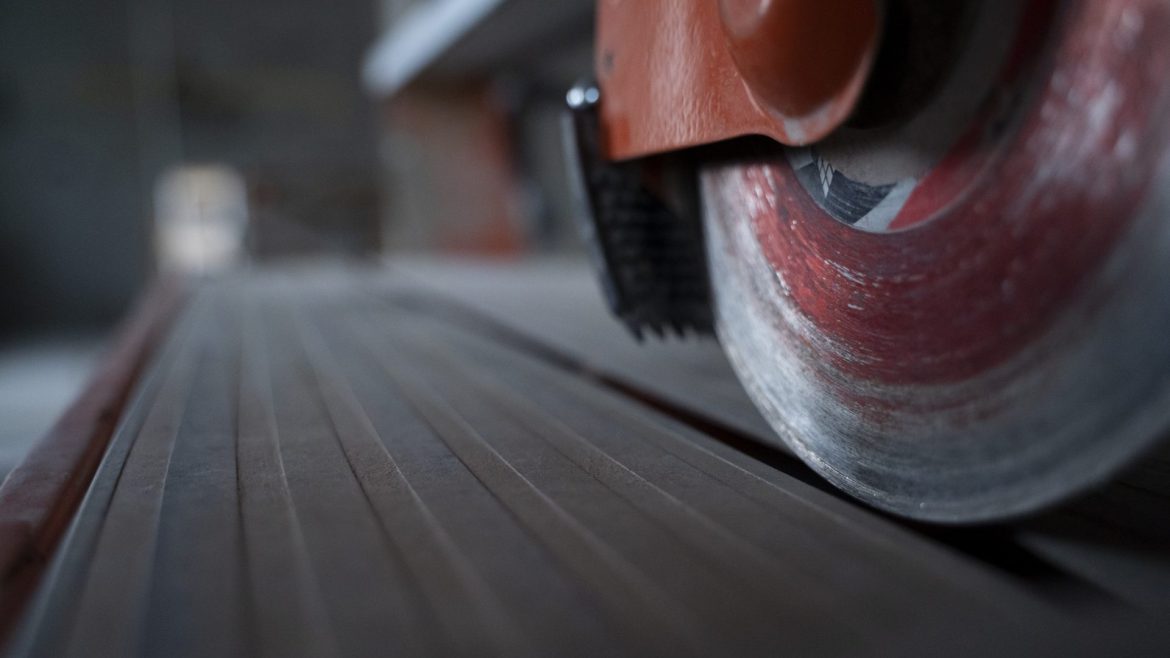Granite is a popular option for both indoor and outdoor applications since it combines elegance with durability and endurance. It is an igneous rock, which means it is made of lava and found deep inside the earth’s crust. It contains minerals such as feldspar, silica, mica, and quartz. The mineral deposits in granite vary depending on the place where it was quarried since the creation of the stone and the time it took for the lava to cool is determined by where the stone was formed and how long it took to cool. This also influences the stone’s colour. Granite is available in a variety of colours, ranging from dusky pink and white to blue, black, and even gold. This characteristic makes it an ideal natural stone for use in the building sector.
Grinding natural stone! The thought may make you anxious, but it’s the single technical solution to restore neglected or damaged natural stone. Grinding of marble, granite or any other natural stone is done to achieve two main objectives
- Removal of the damaged topmost layer of the stone to expose a fresh layer of stone;
- Eliminate scratches, cracks and blemishes from the stone surface
We concur that natural stone will get damaged and lose its shine over the course of time. There is no conceivable way that the glossy beautiful stone once installed in your premises is forever going to stay that way. We paint our walls at regular intervals to ensure that they stay clean and free from stains or marks. Similarly, the natural stone flooring also needs regular care. However, there are certain factors which are beyond our control and in spite of observing the recommended precautions to ensure protection of the stone, the stone is bound to appear dull, get scratches, etch marks or stains. Even micro-scratches will make the stone lose its shine. Improper installation also results in development of cracks and lippage. These issues require professional help to restore the stone, and it is here that we are confronted with the term “Grinding”.
What is Grinding?
In short, grinding is a mechanical process where the top layer of the stone is grinded to reveal a clean and fresh surface. But the process is not so elementary!
It is a technical process, where specially graded diamond grits are attached to a rotating machine which gently removes a few microns from the topmost layer of the stone. The removed layer is extremely minuscule and does not impact the density of the stone.
The stone should be repaired prior to subjugating any natural stone surface to the grinding procedure. Any lippage, cracks or pits on the stone are repaired through an application of epoxy. It is an important step as not only the cracks and fractured stone is repaired, it also ensures that there is no uneven or hollow space under the stone. A stone laid on uneven surface develops lippage and is liable to break under pressure. The process and the intricacies of repairing a natural stone is a subject matter which will be dealt with in another article.
After the stone has been repaired, the grinding procedure duly commences.
The damage to the stone will dictate the selection of the diamond grits for grinding and different grades of grits are used to achieve the desired result. And as the machine gently cuts the stone, micro-scratches and blemishes are slowly removed to reveal a smooth surface. The process will not impact the thickness of the stone as the loss is only of a few microns. The process exposes a fresh layer of stone surface and enhances the stone’s natural colour and pattern. Any visible stains on the surface of the marble are also removed by this process.
The surface is than sealed and polished to give it not only luminous glow but also to create a protective layer on the surface.
Budget
Grinding stone using diamond grits is of course not an inexpensive process. Not only the grinding and the polishing is a time consuming process. The technical skill to achieve the end-result is at a premium.
Maintenance
It is recommended that proper maintenance regime should be maintained to avoid frequently grinding natural stone. Natural stone installed both in residential and commercial building should be regularly sealed and polished. This is especially true for common areas in residential complexes, hotels and other commercial establishments where the foot traffic is high and therefore the scope of damage may also increase.
Summary
It is best to not to consider grinding as a DIY project and neither can it be done by replicating the steps after observation. The selection of the diamond grits and the handing of the machines requires not only technical knowledge but years of experience and skills acquired by assisting a competent technician. This is the reason the people working on grinding and polishing the stone are referred to as stone experts.

